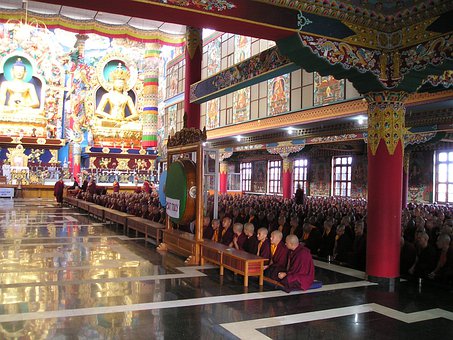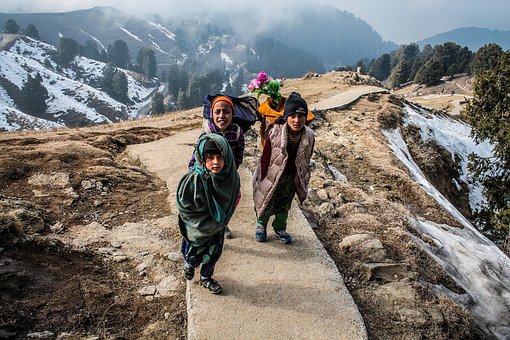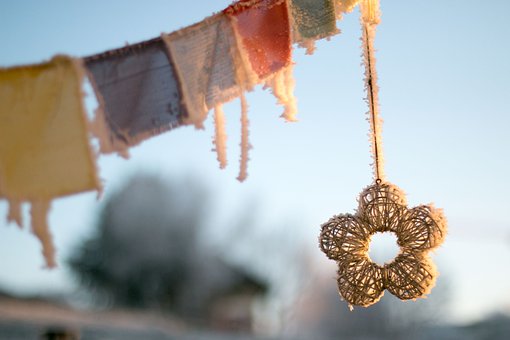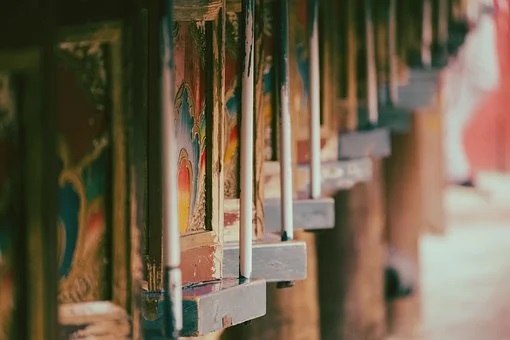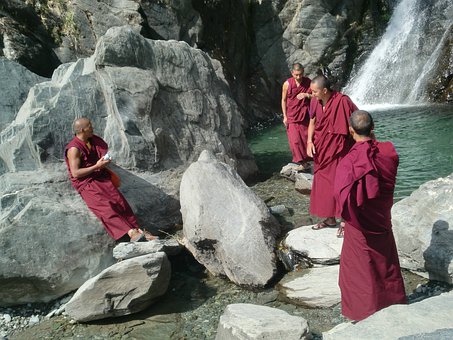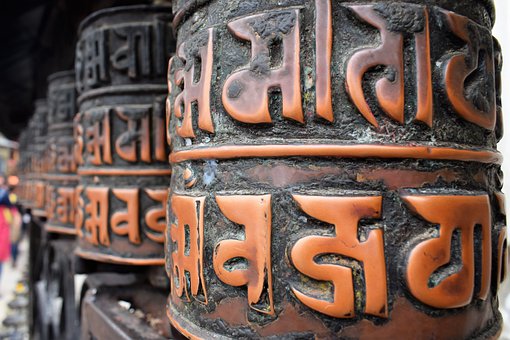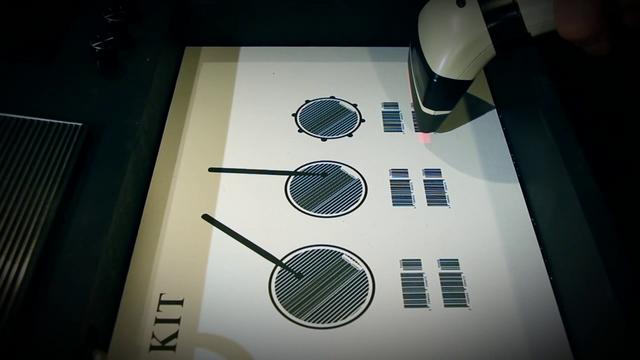When anxiety, panic and aversion arise, instead of being scared and unsettled, one needs to act in the following steps: first, realise them; second: observe them; and third, find their secret. Once mastering this secret, defilements lose their power of making you depressed or unsettled.
~Depicted from LUMINOUS WISDOM BOOK SERIES




